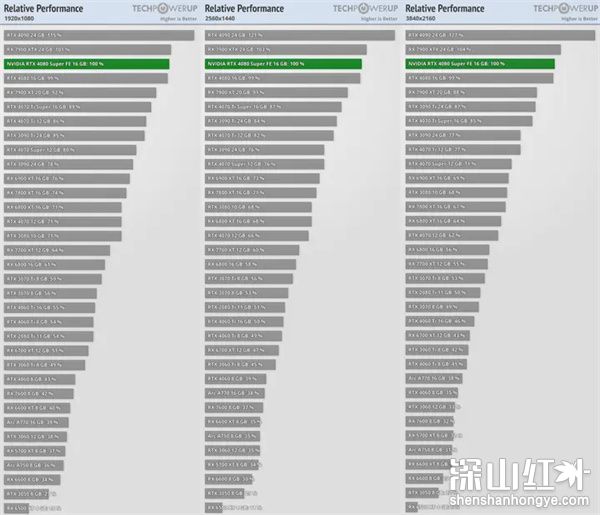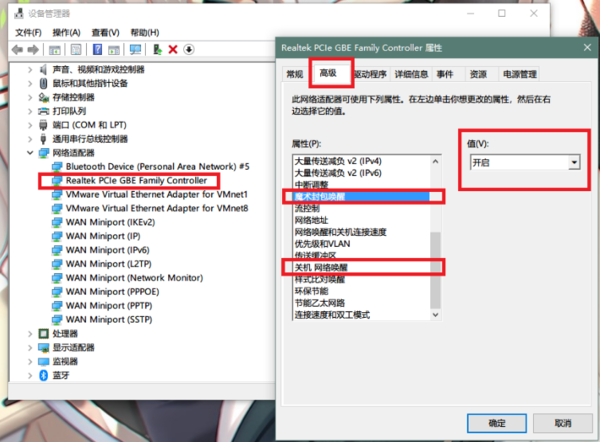题意 :
n组输入,每组输入三个数字,第一个数字代表操作类型, 第二三个数字代表坐标。
操作1:在整个图上添加点,并和相邻的点联通
操作2:查询这个点的整个联通的快,输出整个块的边的数量
思路 :
对于图上加点,可以给每个点的坐标离散化成序号,然后丢到并查集维护连通性。
对于输出联通块边的数量,维护一下每个集合内点的数量和重复边的数量,*6-v输出即可。
AC代码 :
#include <iostream>
#include <map>
#include <cstring>
#include <algorithm>
#include <math.h>
#include <utility>
#define IOS ios::sync_with_stdio(false), cin.tie(0), cout.tie(0)
using namespace std;
typedef pair<int,int > PII;
const int N = 5e5 + 10;
int pre[N];
int num[N], rpp[N];
void init(int n){
for (int i = 0; i <= n; i++)
pre[i] = i;
}
int find(int x){
if (x != pre[x])
pre[x] = find(pre[x]);
return pre[x];
}
void merge(int x, int y){
int fx = find(x);
int fy = find(y);
if (fx != fy)
pre[fx] = fy;
}
int cnt = 0;
map<PII, int> mp;
int dx[] = {1, 1, 0, 0, -1, -1};
int dy[] = {0, -1, -1, 1, 0, 1};
int main()
{
IOS;
int T;
cin >> T;
init(T + 1);
while (T--)
{
int op, x, y;
cin >> op >> x >> y;
if (op == 1)
{
mp[(PII){x, y}] = ++cnt;
num[cnt] = 1;
rpp[cnt] = 0;
for (int i = 0; i < 6; i++)
{
int nx = x + dx[i], ny = y + dy[i];
if (!mp.count((PII){nx, ny}))
continue;
int old = find(mp[(PII){nx, ny}]);
if (old != cnt)
{
pre[old] = cnt;
rpp[cnt] += rpp[old] + 2;
num[cnt] += num[old];
}
else
{
rpp[cnt] += 2;
}
}
}
else
{
PII t = (PII){x, y};
if (!mp.count(t))
cout << 6 << "\n";
else
{
int x = find(mp[t]);
cout << num[x] * 6 - rpp[x] << "\n";
}
}
}
return 0;
}
/*
8
1 0 0
2 0 0
1 0 2
1 1 2
1 0 3
2 0 3
1 0 1
2 0 0
*/






